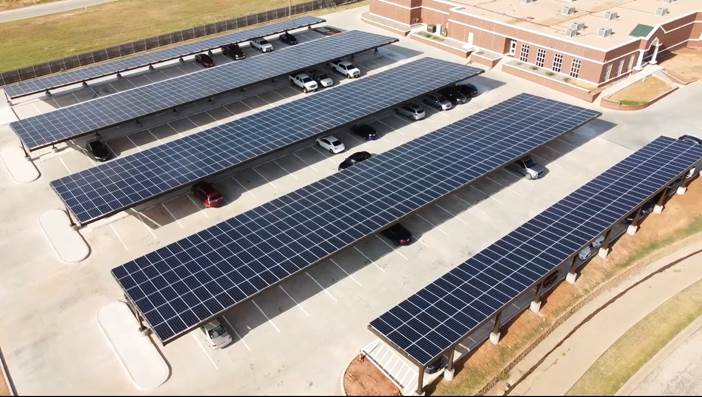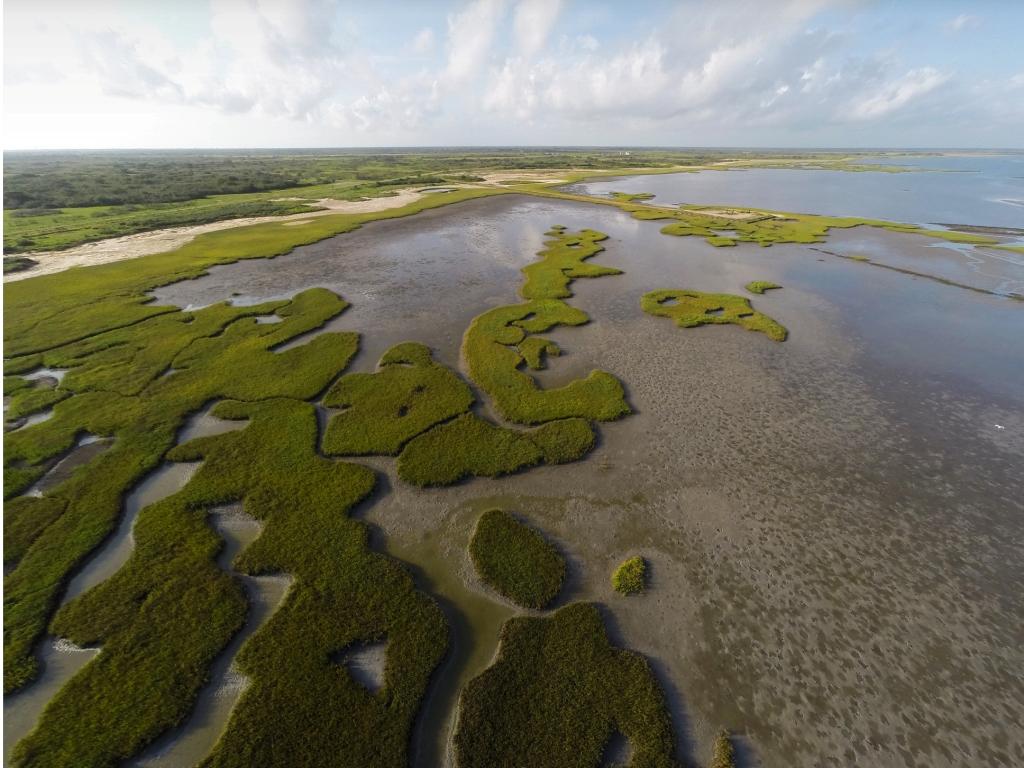Clean energy refers to energy that is produced with little to no environmental impact, particularly in terms of greenhouse gas emissions. This type of energy is crucial for mitigating climate change, reducing pollution, and promoting sustainability. Clean energy sources include renewable resources like wind, solar, and hydro power, as well as technologies that reduce emissions from traditional energy sources.The EarthShare Texas network recognizes that these new energy resources, as well as the pioneering innovation needed to harvest them, is only going to become more integral to a sustainable future. Read on to learn more about this valuable emerging field.
What is Green Energy?
Green energy is a subset of clean energy that specifically focuses on renewable resources and environmentally friendly energy production methods. It emphasizes the use of natural processes to generate energy, thereby minimizing environmental harm. Green energy sources include solar, wind, geothermal, biomass, and hydro power.
Is Green Energy and Clean Energy the Same Thing?
While green energy and clean energy are often used interchangeably, there is a subtle distinction between the two. Green energy refers specifically to energy derived from natural, renewable sources that have a minimal environmental footprint. Clean energy, on the other hand, encompasses all forms of energy that produce little to no pollution, which can include technologies like nuclear power or natural gas with carbon capture and storage. In essence, all green energy is clean energy, but not all clean energy is green energy.

Sierra Club Foundation
Clean Energy Sources
Clean energy sources are essential for reducing our carbon footprint and transitioning to a more sustainable energy system. These sources include:
- Solar Power: Harnessing sunlight to generate electricity through photovoltaic cells or solar thermal systems.
- Wind Power: Using wind turbines to convert wind energy into electricity.
- Hydropower: Generating electricity from the energy of moving water, typically in rivers or dams.
- Geothermal Energy: Utilizing heat from the Earth’s core to produce electricity and heat buildings.
- Biomass: Converting organic materials, such as plant and animal waste, into energy through combustion or other processes.
Clean Energy Solutions
Clean energy solutions involve the integration of clean energy sources into our daily lives and infrastructure. These solutions can include:
- Energy Storage Systems: Technologies like batteries and pumped hydro storage that store excess energy for use when demand is high.
- Smart Grids: Advanced electrical grids that optimize the distribution and consumption of electricity, improving efficiency and reliability.
- Energy Efficiency Measures: Upgrading buildings, appliances, and industrial processes to use less energy while maintaining performance.
- Electric Vehicles (EVs): Cars and trucks powered by electricity rather than fossil fuels, reducing emissions from transportation.

Texas Solar Energy Society
Green Energy Solutions
Green energy solutions focus on harnessing renewable resources in ways that are sustainable and environmentally friendly. These solutions include:
- Solar Panel Installations: Equipping homes, businesses, and community spaces with solar panels to generate clean electricity.
- Wind Farms: Developing large-scale wind turbine projects to provide substantial amounts of green energy.
- Community Solar Programs: Allowing individuals and businesses to invest in shared solar projects, expanding access to green energy.
- Green Building Practices: Designing and constructing buildings that use renewable energy sources and sustainable materials to minimize environmental impact.
Green Energy Types
There are several types of green energy, each with unique benefits and applications:
- Solar Energy: Generated from sunlight, it’s versatile and can be used in both large-scale solar farms and small rooftop installations.
- Wind Energy: Captured from wind using turbines, it’s one of the fastest-growing renewable energy sources.
- Geothermal Energy: Derived from the Earth’s internal heat, it’s reliable and can provide both electricity and direct heating.
- Biomass Energy: Produced from organic materials, it’s renewable and can be used for electricity, heat, and transportation fuels.
- Hydropower: Generated from the energy of moving water, it’s a well-established and reliable green energy source.
Understanding and differentiating between clean energy and green energy is vital for making informed decisions about our energy future. By embracing clean and green energy solutions, we can reduce our environmental impact, promote sustainability, and build a healthier planet for future generations. EarthShare Texas is committed to supporting these efforts and encouraging the adoption of renewable energy practices across the state. Together, we can power a brighter, cleaner future.


